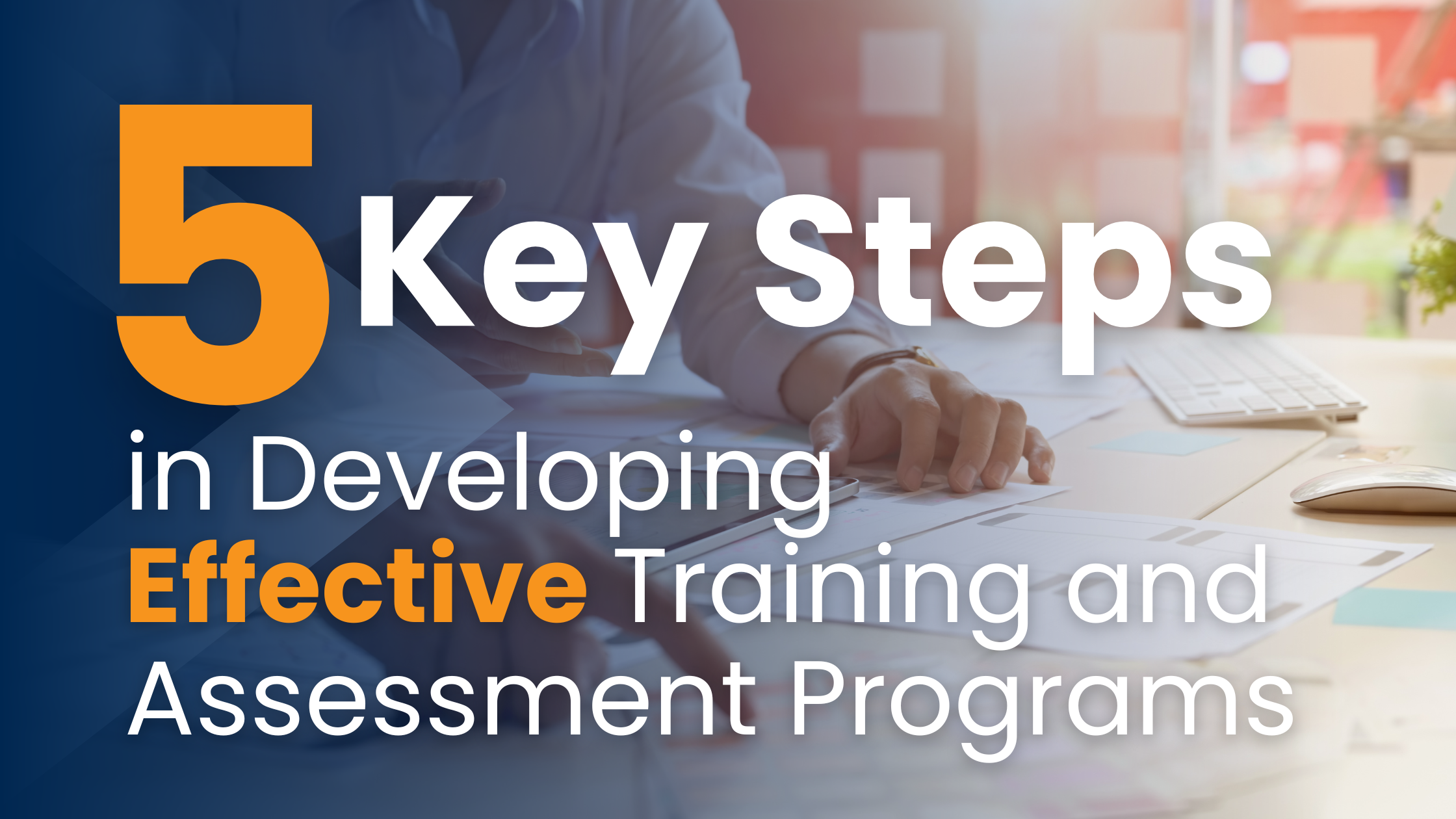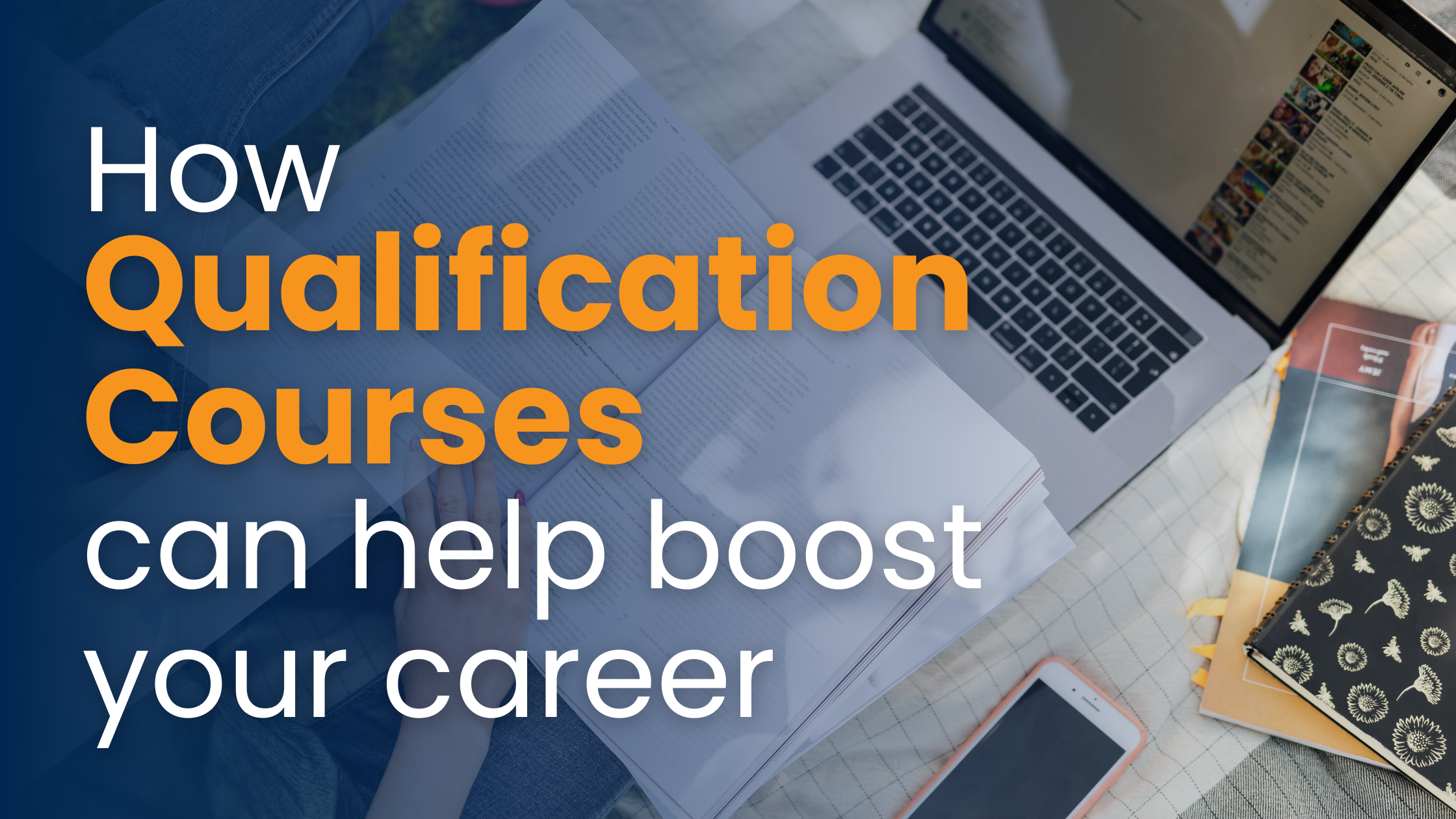5 Key Steps in Developing effective training and assessment programs to meet industry standards
- Posted By Paula
- Training Delivery
Australia’s VET sector has always been considered a powerhouse in contributing to the local economy. Students, industries, and employers rely on the sector to provide high-quality training and assessment that cater to the dynamic needs of the Australian workforce locally and overseas. That is why RTO’s programs must remain in line with industry standards and compliant with clauses 1.1 to 1.6 of the Standards for RTOs.
In a nutshell, clauses 1.1 to 1.6 of the Standards for RTOs state that training and assessment of an RTO must be broad, inclusive, and responsive to the needs of the industry and learners, as well as maintain engagement with relevant industry stakeholders by the qualifications provided by your RTO. When you successfully execute these standards, it will be easier for your RTO to come up with content and training materials that best meet the needs of your students and learners.
How do you ensure your current Training and Assessment Strategies (TAS) and practices comply with the industry standards? Below are necessary steps we recommend your RTO takes to help you create effective training and program assessments.
1- Conduct a training needs analysis
Before you can develop a training program, you need to first identify the needs of your learners or the individuals who’s going to undergo the training. Ask yourself: what is the problem? What does your team need to help them execute their tasks more effectively? Be certain that the problem can only be best resolved with training.
If training is the only appropriate solution for your problem, then the next thing you need to assess is your business goal and how their individual differences play a part in making your training more effective.
2- Set up learning objectives
When you successfully identify the needs of your learners, you can then develop learning objectives to know the tasks your learners will need to complete to reach the business goal and activities that would help them learn those tasks. Make sure that your objectives are SMART or Specific, Measurable, Achievable, Relevant, and Time-Bound to provide a sense of direction and increase the chances of success.
Setting objectives will allow you to identify gaps in your current training initiatives and your learner’s skill sets. To effectively fill these gaps, you need to establish a set of criteria that evaluate the competence of your learners, which also assess the effectiveness of your training during post-training.
3- Create and develop training materials
After you establish the objectives, it’s time for you to develop the content, materials, instructional design, and other learning elements. Create an action plan to help you organise the details of your ongoing training program including resources and delivery methods, and share it with your team to keep them informed of any updates or changes.
Remember that when making your instructional design, the content and the assessments must align with your learning objectives. This can help you measure how well your learners have retained the knowledge and how well they will be able to apply it to practise.
4- Implement training
Once you’re done with creating the content and the training materials, then you’re ready to start implementing. Launching the program may involve deciding whether the training will be delivered in-house or carried out by an external training provider. Neither type is better than the other, but you’re still going to weigh your options to get the best results for you and your learners.
Afterwards, you’re going to have to schedule the sessions, book the facilities, and buy important supplies, and these can easily be done by your in-house team. Make sure to keep track of the program’s progress as well as monitor each participant to ensure the smooth running of the training.
5- Evaluate and revise training when necessary
Like any other employee training and workshop, you will need to evaluate the effectiveness of the program and ensure that it has met every learning objective after completion. Make sure to gather feedback from the participants and other stakeholders that were involved in the process. You can then make necessary revisions to the program so you can continuously improve to cater for the needs of your learners.
You can learn all these and more with our upcoming full-day workshop on Developing Training and Assessment Strategies this June 2023 so be sure to register now and don’t miss out on the opportunity to learn from the best of the best in the RTO world!
While you’re at it, perhaps you would like to check out other upcoming workshops and live webinars offered by Insources Group. We only want what’s best for you and your organisation, so you can count on us to take your workforce’s learning and professional development to greater heights! Contact us now for more information.







